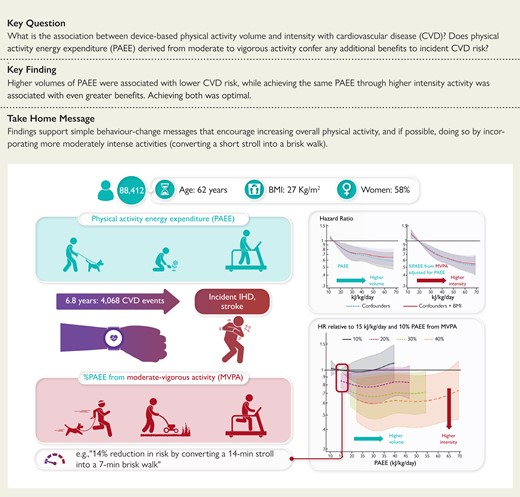I still think the link i put up covers both. If this were true we would have an epidemic of Olympic lifters, powerlifters, bodybuilderslomng distance runners and sprinters dying of heart attacks. Instead, the mortality of high intensity athletes has always been shown to have a much lower than average mortality rate.. I will see if I can find that study.
Read this statement again....."The majority of high-intensity athletes had low levels of coronary calcium, though their odds of having higher levels were 11 percent greater than men who exercised less. Most importantly, the researchers found that higher calcium scores did not raise the high-intensity athletes' risk for cardiovascular or all-cause mortality."
Dr. Levine stated, "The current study shows no increased risk of mortality in high-volume exercisers who have coronary artery calcium." He went on to say, Dr. Levine advises against using the protective effect of exercise to excuse poor lifestyle habits. "You cannot overcome a lifetime of bad behaviors -- smoking, high cholesterol, hypertension -- just from doing high levels of physical activity, so don't use that as a magical cure."
"The elite athletes Polich born in the early 20th century appear to have a lower rate of aging than the general population,"
Today I noticed an open access paper in which the authors examine mortality data for Polish Olympic athletes over the past 90 years or so, and compare it with established historical data for the general population. This blends two topics that are occasionally covered here at Fight Aging...

www.fightaging.org
"From this large, retrospective cohort study targeting 3546 Japanese Olympic athletes, we observed significant lower mortality among Olympians compared with the Japanese general population."
A number of studies have shown that elite athletes have a significantly lower mortality and longer life expectancy than the general population. It is unclear as to whether this is due to physical activity and training for fitness versus other mechanisms, as elite chess players appear to have...

www.fightaging.org
When elite athletes engaging in various sports are analysed together, their mortality is lower than that of the general population. In conclusion, long-term vigorous exercise training is associated with increased survival rates of specific groups of athletes.
The health benefits of leisure-time physical activity are well known, however the effects of engaging in competitive sports on health are uncertain. This literature review examines mortality and longevity of elite athletes and attempts to understand the association between long-term vigorous...

pubmed.ncbi.nlm.nih.gov
Participation in elite sport is generally favorable to lifespan longevity.
A majority of studies included in this review reported superior lifespan longevity outcomes for elite athletes compared to age- and sex-matched controls from the general population and other athletes.Several mechanisms within and between sports may have powerful effects on the overall lifespan...

pubmed.ncbi.nlm.nih.gov
Just released....December 2022
Conclusion
VPA of 15–20 min/week were associated with a 16–40% lower mortality HR, with further decreases up to 50–57 min/week. These findings suggest reduced health risks may be attainable through relatively modest amounts of VPA accrued in short bouts across the week.
AbstractAims. Vigorous physical activity (VPA) is a time-efficient way to achieve recommended physical activity levels. There is a very limited understandi

academic.oup.com
This was just published....December 2022
Conclusion
Reductions in CVD risk may be achievable through higher PA volume and intensity, with the role of moderately intense PA appearing particularly important. This supports multiple approaches or strategies to PA participation, some of which may be more practical or appealing to different individuals.
AbstractAims. The interplay between physical activity (PA) volume and intensity is poorly understood in relation to cardiovascular disease (CVD) risk. This stud

academic.oup.com
One thing we need to remember, in science, a single study means very little. It just shows that their data needs to be investigated further. Meanwhile the overwhelming majority of evidence shows high intensity and high volume exercise lower mortality rates. Its kind of like the creatine causing you to be bald because 1 study with very few subjects found DHT levels were higher. Interesting, but they did not investigate whether this cause baldness. Yet the internet is flooded with reports of how creatine causes baldness. Science does not work like that.
Remember, both the CDC and WHO have done tons of research that showed that the leading cause of death both in the USA and in the world is sedentary life styles. Anything you do other than sitting on the couch is going to increase your lifespan.
Probably a good time to look at this graph that came from a published study on heart risks between high intensity training (weights) and low intensity training /bicycling) Walking. All exerciseis good but high intensity seems to be healthier across the board, especially with older adults.

 www.news-medical.net
www.news-medical.net
















